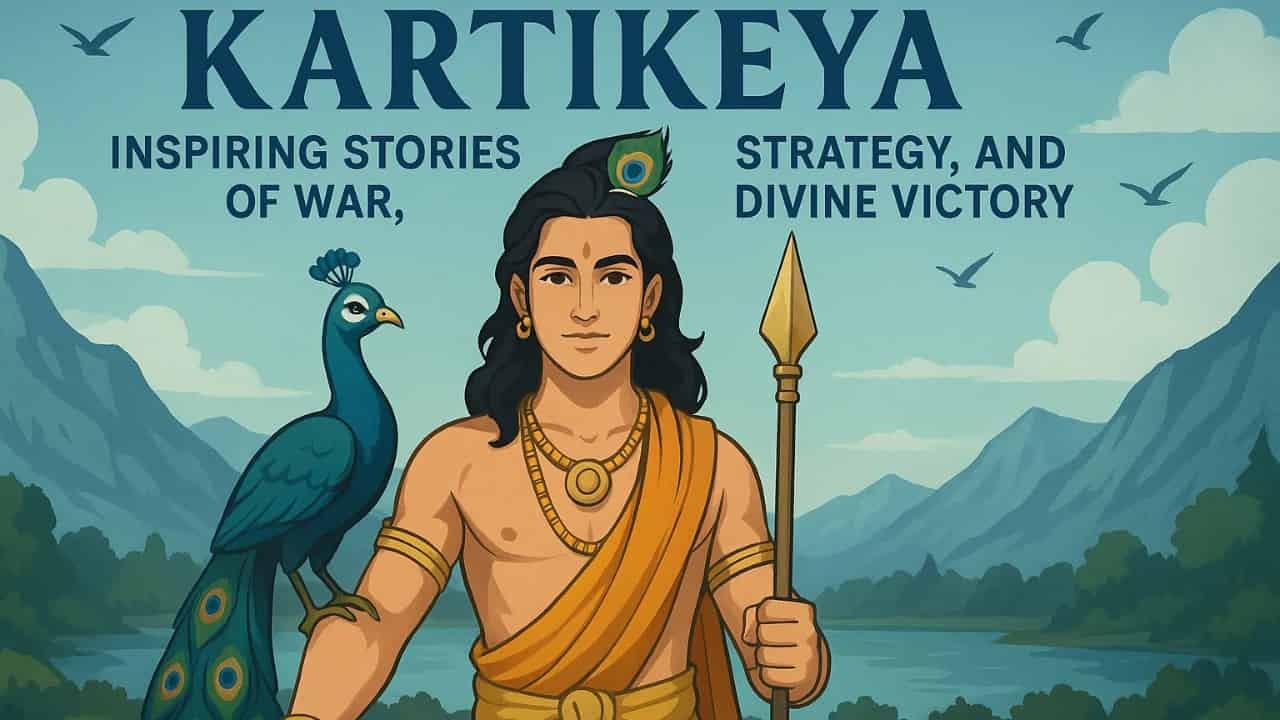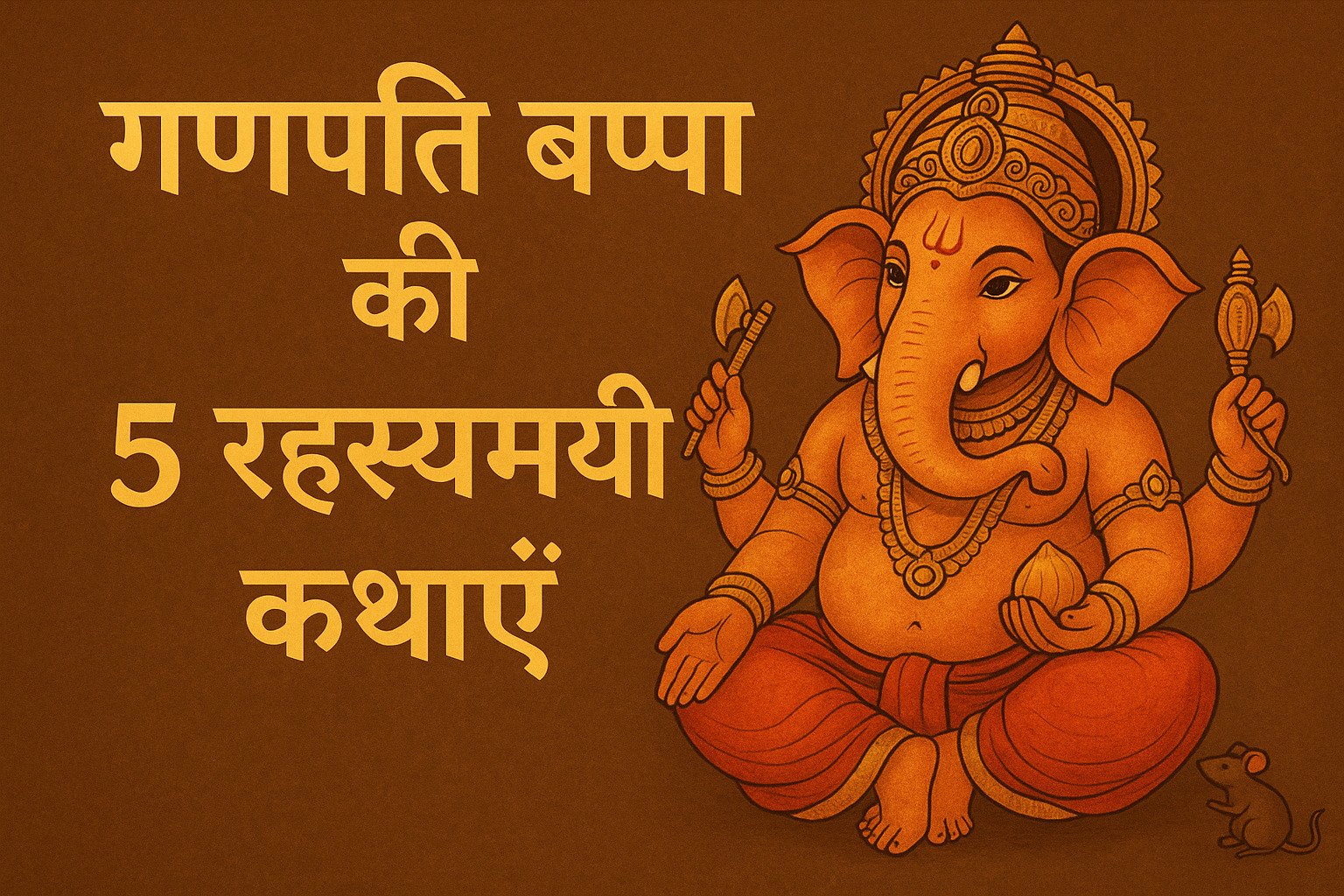
A Warrior Born of Fire and Purpose
In the pantheon of Hindu deities, Kartikeya, also known as Skanda, Murugan, or Subrahmanya, is the god of war, youth, and divine strategy. His birth is not a tale of romance or lineage; it is a cosmic response to chaos.
He is born not to rule, but to conquer; not to preach, but to protect. His arrival marks the beginning of a divine campaign against the demon Tarakasura, whose tyranny threatened the balance of the universe.
His story is rich with symbolism, regional diversity, and spiritual depth. It is a tale of divine collaboration, celestial warfare, and the emergence of a leader whose strength lies not just in arms but in wisdom and discipline.
The Threat of Tarakasura: A Demon's Boon and Arrogance
Tarakasura, a powerful asura, had received a boon that only a son of Shiva could defeat him.
Confident that Shiva, lost in grief after Sati’s death, would never remarry or father a child, Tarakasura unleashed terror across the three worlds. His arrogance grew unchecked, and the gods, unable to stop him, turned to Vishnu and Brahma for a solution.
This sets the stage for Kartikeya’s birth, not as a divine whim, but as a strategic necessity. His arrival is orchestrated by the gods, each playing a role in the cosmic plan.
Shiva's Union with Parvati: The Awakening of Creation
After years of penance, Parvati finally wins Shiva’s heart. Their union is not just romantic, it is symbolic of the merging of energy and consciousness, Shakti and Shiva. From this union emerges a fiery seed, too potent to be contained by any womb.
Agni, the fire god, is entrusted with the seed, but even he cannot bear its intensity. The seed is passed to Ganga, the celestial river, and finally to the Krittikas, six celestial maidens, who nurture the child in a forest of reeds.
The Birth of Kartikeya: A Child of Fire and Stars
Kartikeya is born radiant, with six faces and unmatched brilliance. Each face represents a direction, a sense, and a divine attribute. He is not a child of flesh; he is a child of fire, forged by divine will and cosmic urgency.
Raised by the Krittikas, he is named Kartikeya.
- In Tamil traditions, he is Murugan, the youthful god of wisdom and valor. His six faces also symbolize his ability to see all, know all, and act with precision.
The Six Faces: Symbolism and Meaning
Each of Kartikeya’s faces holds deep symbolic meaning:
- North: Strategy and foresight
- South: Compassion and protection
- East: Knowledge and clarity
- West: Discipline and restraint
- Above: Spiritual insight
- Below: Grounded strength
Together, they make him a complete warrior, one who fights not with rage, but with purpose.
Kartikeya's Weapon: The Vel and Its Significance
His weapon is the Vel, a divine spear gifted by Parvati. It is not just a tool of war; it is a symbol of piercing ignorance, cutting through illusion, and asserting dharma. The Vel is sharp, precise, and radiant, like Kartikeya himself.
- In Tamil traditions, the Vel is revered as a spiritual symbol, representing divine intervention and inner awakening.
The Divine Army: Assembling the Forces of Light
Before the battle with Tarakasura, Kartikeya assembles a divine army. The gods rally behind him, offering their weapons, blessings, and loyalty. He is appointed as the Senapati, the commander-in-chief of the celestial forces.
This moment marks the beginning of his leadership, not through inheritance, but through merit. He earns the trust of the gods through his clarity, courage, and charisma.
The Battle with Tarakasura: Strategy Over Strength
The battle was not just a clash of power; it was a test of strategy.
Tarakasura is mighty, but Kartikeya is precise. He studies the demon’s weaknesses, adapts his tactics, and leads with discipline.
In the final moment, he pierces Tarakasura’s heart with the Vel, ending his reign of terror.
The victory is not just physical, it is moral. Dharma triumphs over adharma, wisdom over arrogance.
His Role in the Cosmic Order
After the battle, Kartikeya does not seek a throne. He returns to the mountains, continuing his spiritual practice. He is a warrior-sage, embodying both action and contemplation.
His role in the cosmic order is unique; he is the protector of dharma, the guide of seekers, and the embodiment of disciplined strength.
Kartikeya in Tamil Tradition: Murugan the Beloved
In Tamil Nadu, he is worshipped as Murugan, the youthful god of wisdom, beauty, and valour. He is deeply loved, with temples like Palani, Thiruchendur, and Swamimalai dedicated to his worship.
Murugan is seen not just as a warrior, but as a teacher. His six abodes represent stages of spiritual growth, and his festivals, like Thaipusam, celebrate inner purification and divine grace.
The Vel in Devotion: A Spear of Light
Devotees of Murugan carry the Vel during pilgrimages, often piercing their skin as an act of surrender and purification. The Vel becomes a symbol of cutting through ego, pain, and illusion.
It is not a weapon of violence; it is a tool of transformation.
Kartikeya in North Indian Traditions: Skanda and Subrahmanya
In North India, he is known as Skanda or Subrahmanya. His stories are fewer, but his symbolism remains strong. He is seen as the ideal youth, disciplined, courageous, and wise.
In some traditions, he is also associated with Brahmacharya, representing the power of celibacy and focused energy.
Celibacy and the Path of Detachment
One of the lesser-discussed aspects of his character is his choice of celibacy in many traditions. While some regional versions depict him with consorts, Valli and Devasena, others emphasize his renunciation of worldly attachments.
In Tamil Shaivism, his marriage symbolizes union with the soul and the divine. But in other traditions, Kartikeya remains unmarried, embodying the ideal of focused energy and spiritual discipline.
His celibacy is not a rejection of love; it is a channeling of desire into purpose. As a commander of divine forces, his detachment allows him to lead without distraction, to act without personal gain. This aspect of his character resonates with yogic ideals, where restraint becomes a source of inner power.
Kartikeya in Southeast Asia: A Pan-Asian Warrior God
Kartikeya’s influence extends beyond India. In Sri Lanka, he is revered as Kataragama deviyo, a guardian deity worshipped by Buddhists, Hindus, and indigenous Vedda people alike. In Malaysia and Singapore, Thaipusam is celebrated with fervor, drawing thousands of devotees who carry kavadi in acts of penance and devotion.
This cross-cultural reverence highlights Kartikeya’s universal appeal, as a god of youth, courage, and transformation. His story transcends geography, becoming a symbol of divine strength across Asia.
Kartikeya and Ganesha: Brothers with Different Paths
Kartikeya and Ganesha, both sons of Shiva and Parvati, represent contrasting paths. Kartikeya is swift, strategic, and outward-facing. Ganesha is calm, wise, and inward-facing. Their stories often reflect balance, action and contemplation, speed and patience, war and wisdom.
Philosophical Reflections: The Warrior Within
Kartikeya’s story is not just myth, it is metaphor. He represents the warrior within us, the part that fights ignorance, protects truth, and leads with clarity. His birth reminds us that strength must be earned, not inherited. His battle teaches that strategy is superior to brute force. His Vel shows that wisdom is the sharpest weapon.
Kartikeya in Modern Devotion
Today, Kartikeya is worshipped across India and Sri Lanka, especially in Tamil communities. His temples are vibrant with music, dance, and devotion. His image, youthful, radiant, and serene, continues to inspire.
He is invoked by students, soldiers, and seekers alike. His blessings are sought not just for victory, but for clarity, courage, and inner strength.
Lessons from Kartikeya’s Life
Kartikeya’s story offers timeless lessons:
- Leadership is earned through discipline and clarity.
- True strength lies in strategy, not aggression.
- Devotion must be paired with action.
- Wisdom is the ultimate weapon.
- Victory is meaningful only when it restores balance.
The Divine Commander of Dharma
Kartikeya is more than a god of war; he is a commander of dharma, a strategist of light, and a teacher of inner strength. His birth is a cosmic response to chaos, his life a guide for seekers, and his Vel a symbol of piercing truth.
In a world filled with noise, Kartikeya stands as a beacon of clarity. In times of conflict, he reminds us to lead with wisdom. And in moments of doubt, he teaches that the path of dharma is not easy, but it is always victorious.

